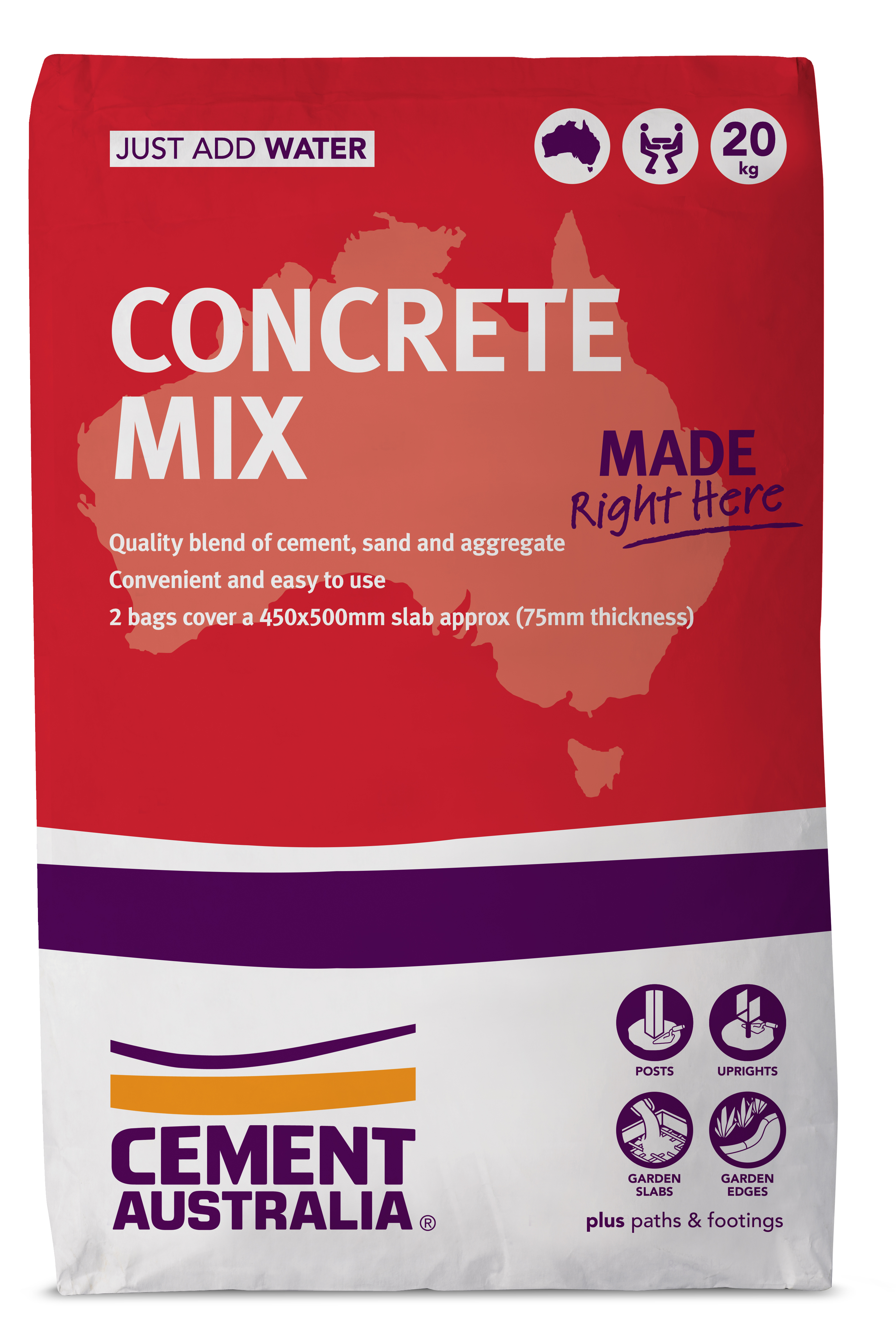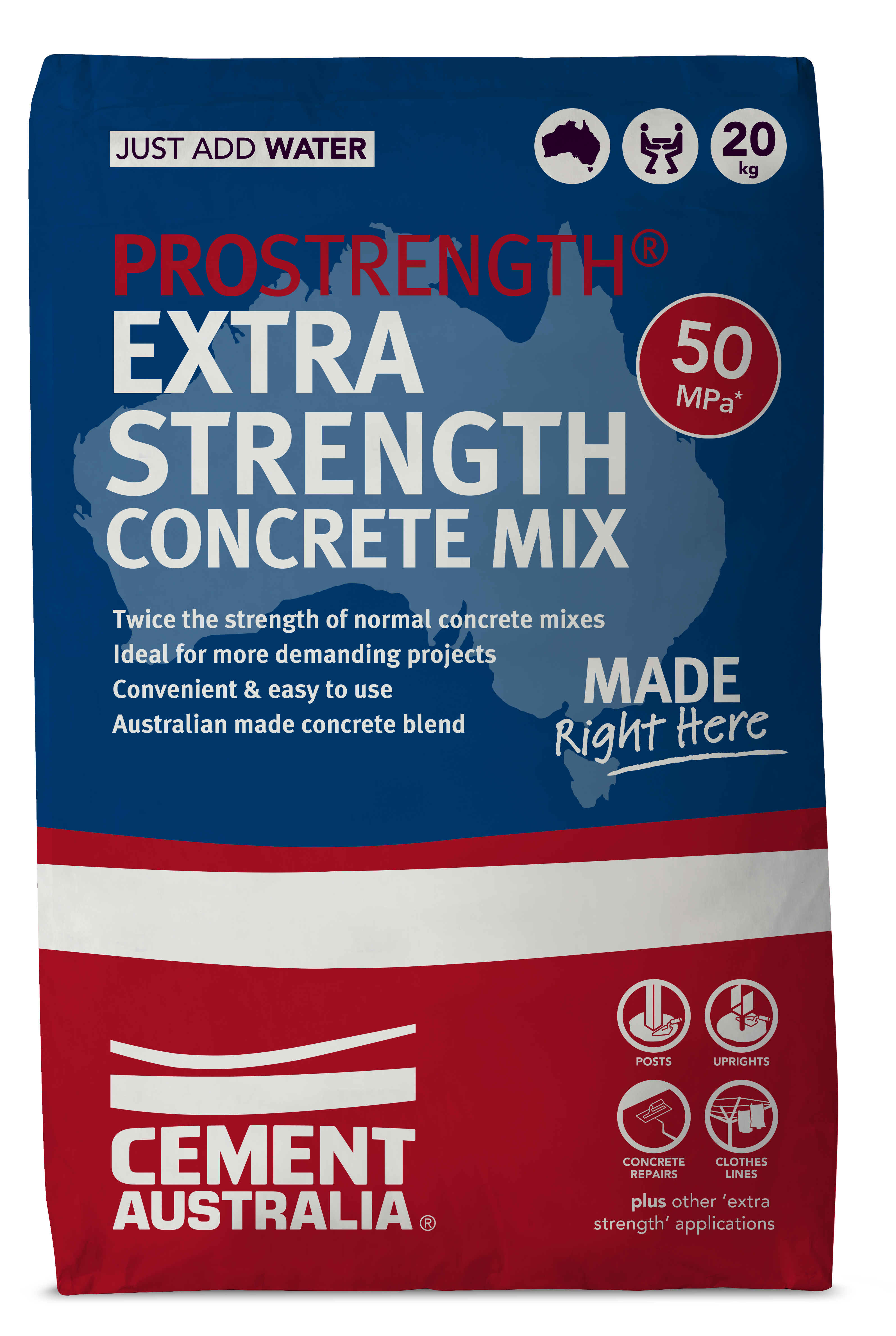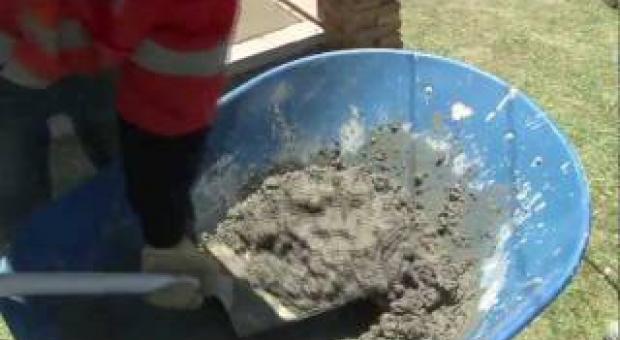Tools you will need:
- Metal screed
- Wooden float
- Magnesium float
- Steel trowel
- Edging trowel
- Jointing trowel (groover)
- Spirit level
- Tape measure
- Shovel
- Turf cutter (if required)
- Mattock
- Measuring jug
- Hose
- Broom
- Bucket
- Hammer
- Timber saw
- Carpenters’ square
- Rake
- Wheelbarrow or concrete mixer
- Tamper or plate compactor for compacting the base material


